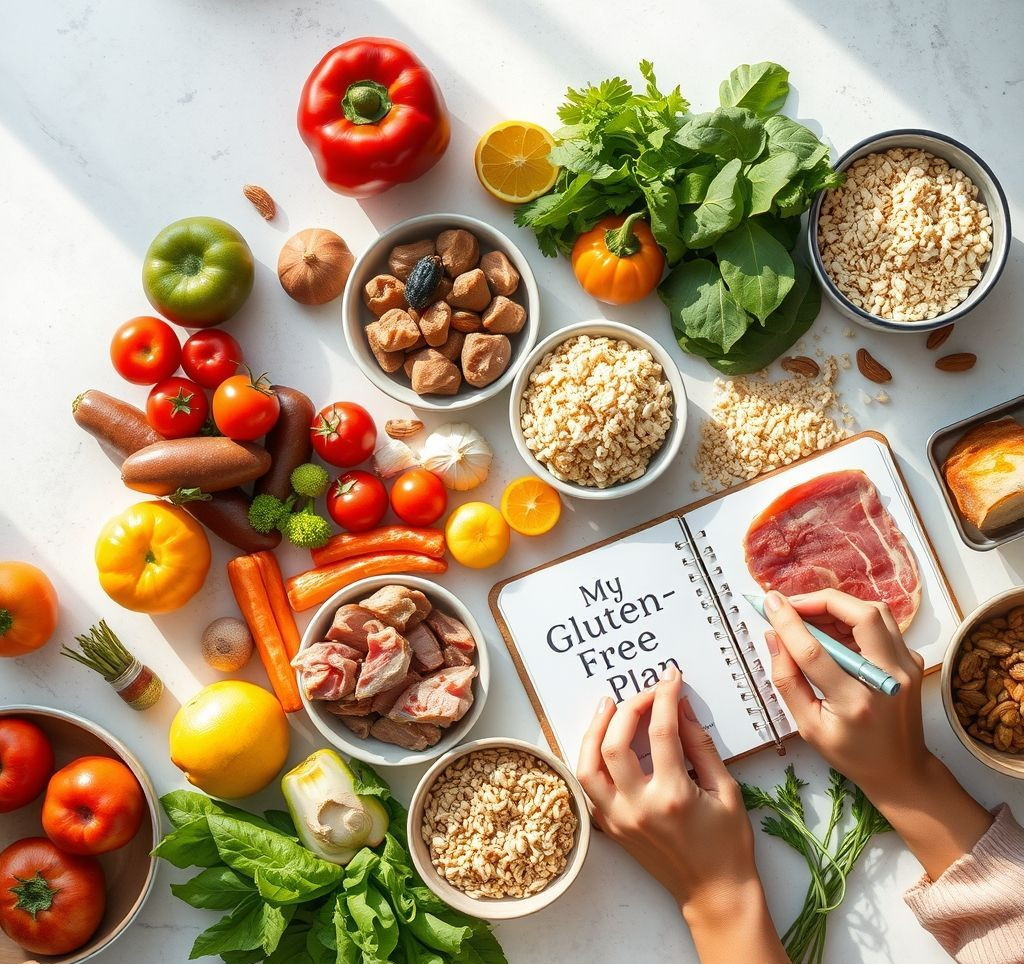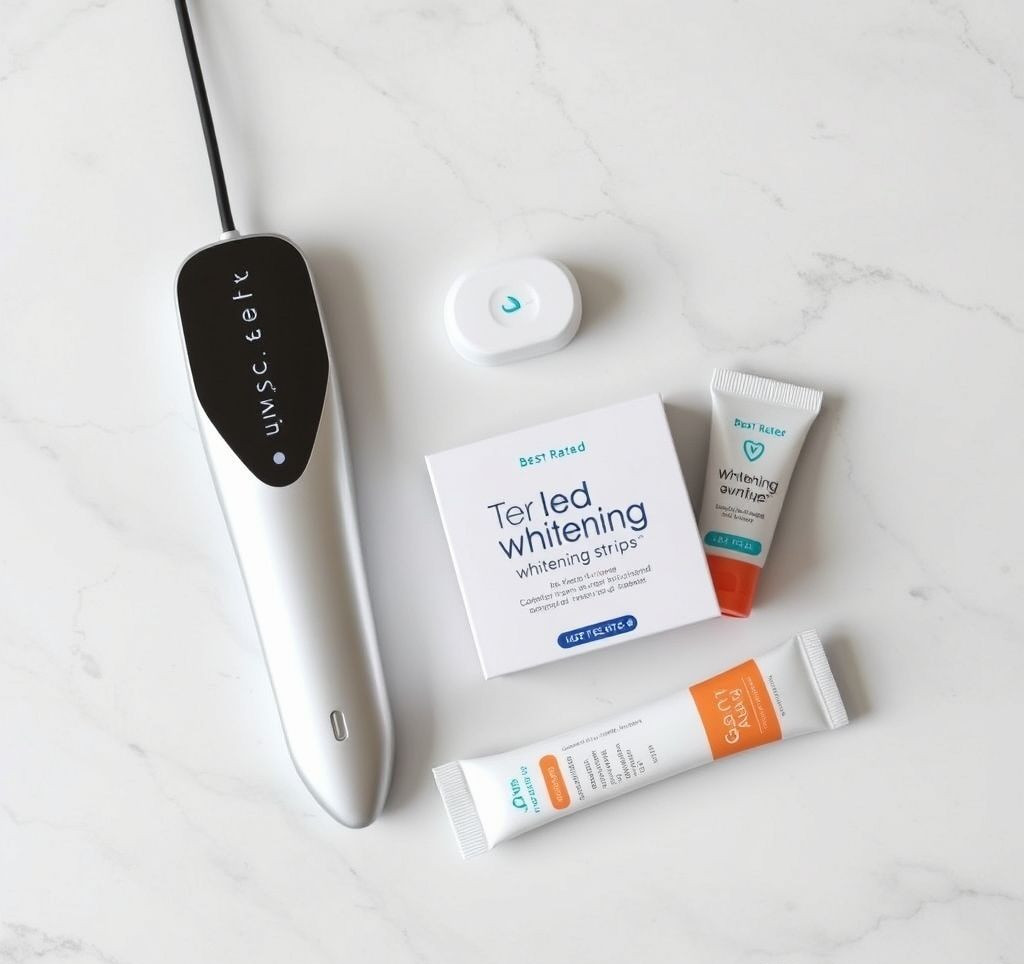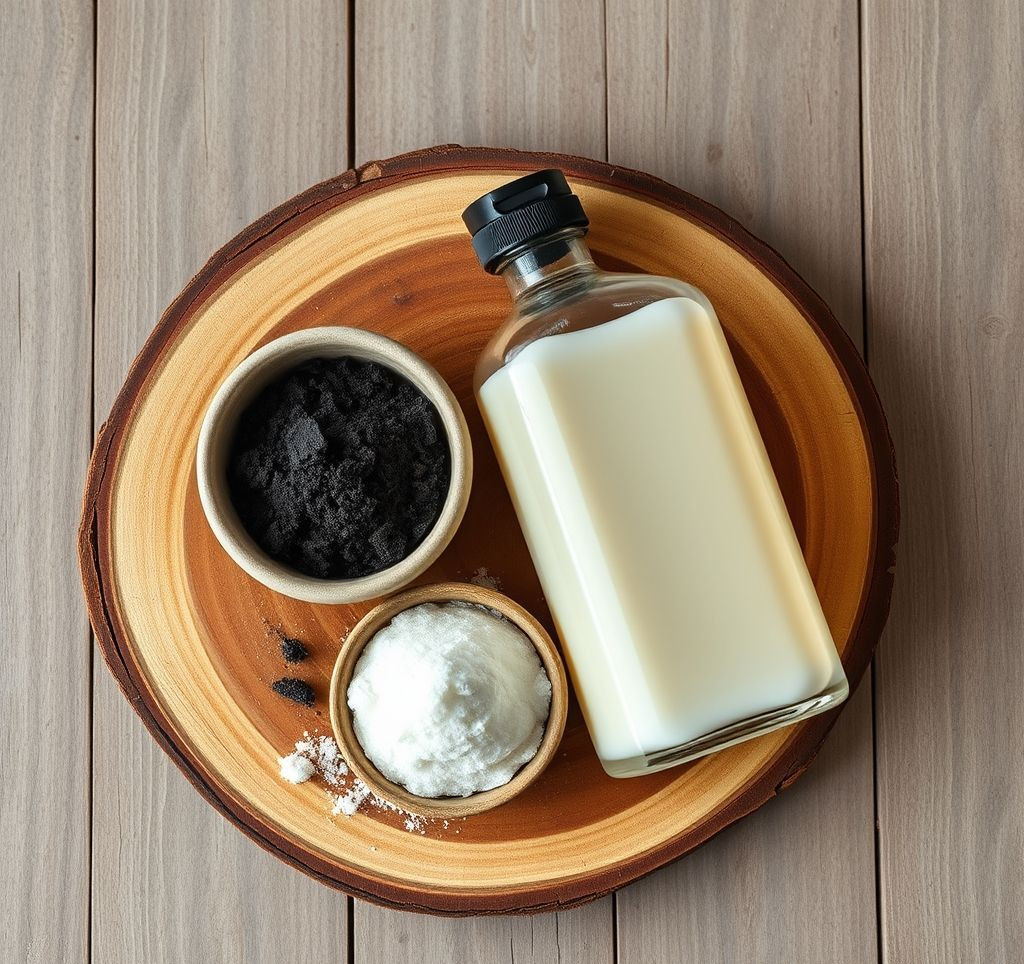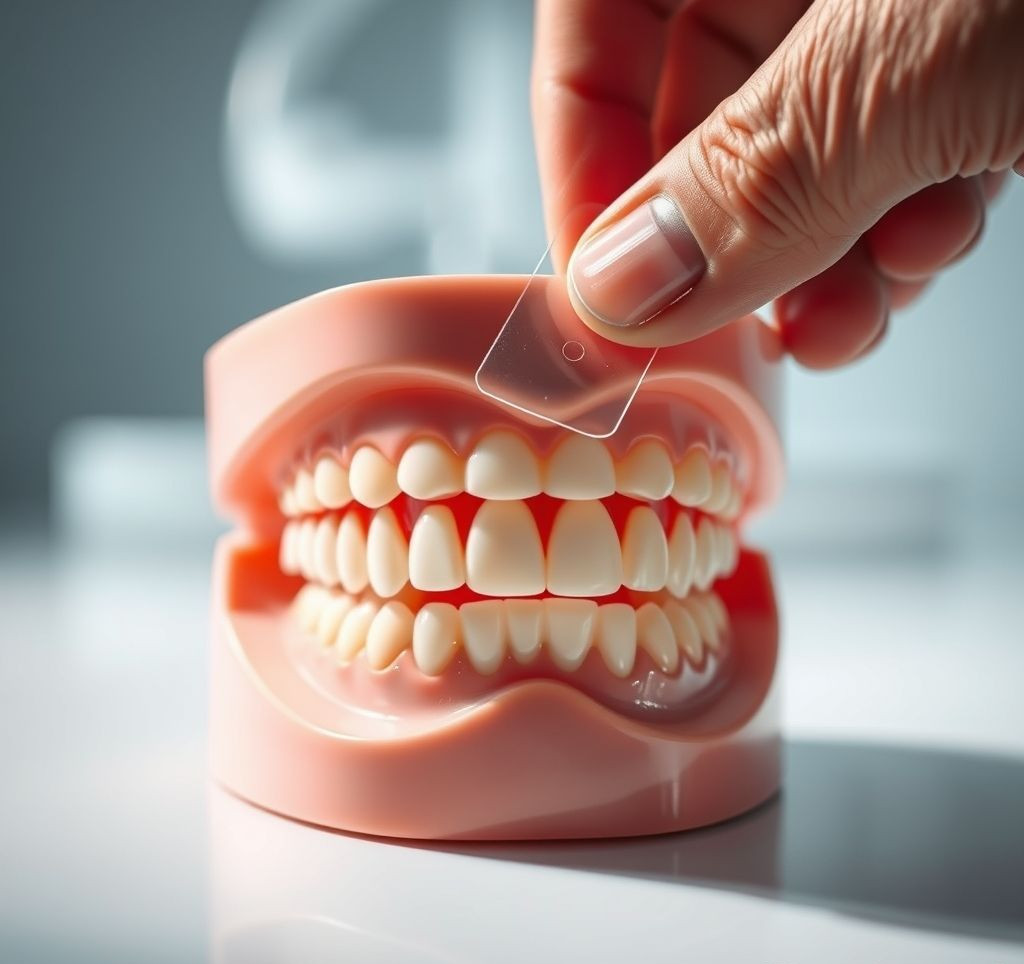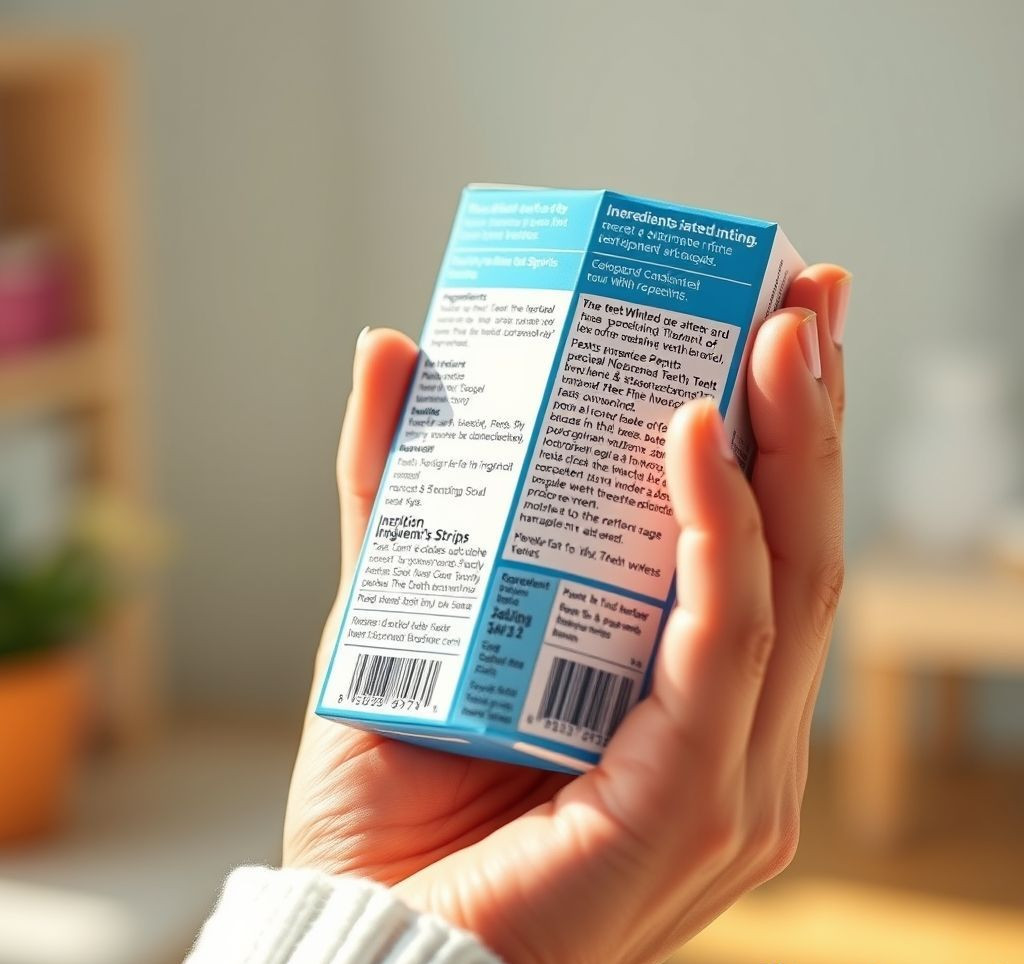Embarking on a gluten free diet can feel overwhelming at first. But with the right knowledge and planning, it can be a positive and empowering experience. This guide is designed to provide beginners with a clear roadmap to successfully navigate the world of gluten-free eating, answering your questions and equipping you with the tools you need to thrive.
Why a Gluten Free Diet Might Be Right for You
A gluten free diet is primarily undertaken for health reasons, often related to gluten intolerance or celiac disease. However, some individuals also choose this dietary approach for perceived health benefits. Here’s why understanding this concept is crucial:
- Managing Celiac Disease: This autoimmune disorder triggers an immune response to gluten, damaging the small intestine. A strict gluten free diet is the primary treatment.
- Addressing Gluten Intolerance (Non-Celiac Gluten Sensitivity): Individuals with gluten intolerance experience symptoms similar to celiac disease but without the same intestinal damage. A gluten free diet can alleviate these symptoms.
- Improved Digestive Health: Many people report improved digestion and reduced bloating after eliminating gluten from their diet.
- Reduced Inflammation: Gluten can contribute to inflammation in some individuals. A gluten free diet may help reduce overall inflammation levels.
- Increased Energy Levels: By minimizing digestive discomfort and inflammation, a gluten free diet can lead to increased energy levels and overall well-being.
Core Principles of a Gluten Free Diet
Understanding the basics of what gluten is and where it’s found is essential to effectively starting a gluten free diet. Gluten is a protein found in wheat, barley, and rye. Here’s what you need to know:
- What is Gluten? Gluten acts like a glue, giving elasticity to dough. This is why gluten is vital in bread making and other baked goods.
- Foods to Avoid: Primarily, this includes wheat-based products like bread, pasta, cereals, and many processed foods. Barley and rye-based products are also off-limits. Always check labels carefully!
- Naturally Gluten-Free Foods: Focus on fruits, vegetables, lean proteins (poultry, fish, beans, lentils), rice, corn, potatoes, and gluten-free certified grains like quinoa, amaranth, and teff.
- Hidden Sources of Gluten: Be wary of sauces, dressings, soups, and even some medications, as they may contain hidden gluten.
- Reading Labels: Learn to identify gluten-containing ingredients on food labels. Look for terms like “wheat,” “barley,” “rye,” “malt,” and “hydrolyzed wheat protein.”
A Step-by-Step Guide to Starting a Gluten Free Diet
Transitio
ning to a gluten free diet involves careful planning and consistent execution. Follow these steps to make the process smoother:- Educate Yourself: The more you understand about gluten and its sources, the easier it will be to navigate your new dietary needs.
- Read Labels Diligently: This is crucial! Make it a habit to read the ingredient list of every product you purchase.
- Replace Gluten-Containing Staples: Swap out wheat pasta for rice or gluten-free pasta, and replace regular bread with gluten-free alternatives.
- Plan Your Meals: Meal planning will help you avoid impulse decisions and ensure you always have gluten-free options available.
- Cook at Home More Often: This gives you greater control over the ingredients in your meals.
- Be Mindful When Eating Out: Inform your server about your dietary restrictions and ask about gluten-free options. Check menus for gluten-free symbols or descriptions.
- Don’t Be Afraid to Ask Questions: If you’re unsure about whether a product or dish is gluten-free, don’t hesitate to ask.
- Expect an Adjustment Period: Your body may need time to adjust to the change in diet. Be patient and persistent.
Expert Tips & Best Practices for a Seamless Transition
To master the art of gluten-free living, consider these expert tips:
- Embrace naturally gluten-free foods: Focus your diet on whole, unprocessed foods like fruits, vegetables, and lean proteins. According to the Celiac Disease Foundation, naturally gluten-free food sources provide the most effective diet in managing Celiac disease.
- Be wary of cross-contamination: Use separate cutting boards, toasters, and utensils for gluten-free and gluten-containing foods to prevent cross-contamination.
- Consider taking supplements: A gluten free diet can sometimes lead to deficiencies in certain nutrients. Talk to your doctor or a registered dietitian about whether you need to supplement with vitamins or minerals.
- Find support: Joining a support group or online forum can provide valuable encouragement and advice.
- Experiment with gluten-free recipes: Don’t be afraid to try new recipes and explore the wide variety of gluten-free ingredients available.
- Learn to bake gluten-free: Baking gluten-free can be challenging, but there are many resources available to help you master the art.
“The key to a successful gluten-free diet is education and preparation. By understanding what to eat and what to avoid, and by planning your meals in advance, you can make the transition as smooth as possible.” – Shelley Case, RD, author of “Gluten-Free Diet: A Comprehensive Resource Guide”
